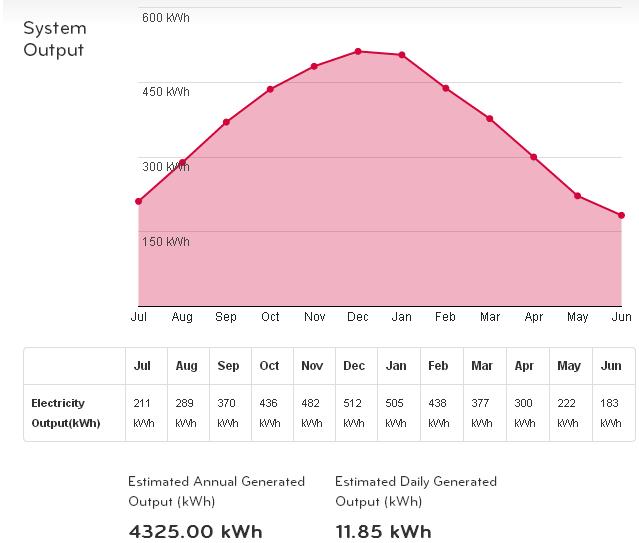New Graphene Solar Panels Convert Rain into Clean Energy
Solar power has the potential to generate about 40% of the United States’ energy, yet the technology still has its limitations as reported by...
1 min read
![]() Solar Trust Centre Team
:
Apr 24, 2019 12:48:12 AM
Solar Trust Centre Team
:
Apr 24, 2019 12:48:12 AM
One of the most common misconceptions about solar panels is that, they won’t generate energy in overcast conditions, but this is not true at all.
The solar panels work by converting energy from the sun to electricity, so the brighter the sun, the more electricity is being generated. It doesn’t have to be sunny always for solar panels to produce energy. Even when it’s cloudy or raining, solar modules still generate electricity, however there will be less output than on a bright sunny day.
As the sun’s brightness and angle changes throughout the day and year, so too does the amount of electricity your solar power system will generate.
The highest output from a solar system during the day is usually from 11am to 4pm. Since days are longer in summer, more energy is generated than in the short days of winter.
The graph below is an example of how the energy generation changes throughout a year. This is based on data from a real 3kW system sample in Wollongong, NSW.

Solar power has the potential to generate about 40% of the United States’ energy, yet the technology still has its limitations as reported by...
Sunday May 8, 2016, Germany reached a new high in renewable energy generation. Thanks to a sunny and windy day, at one point around 1 pm, the...
1. Safety concerns drive solar module transport solution Safety when transporting solar PV modules from warehouse to job site is an ongoing issue for...